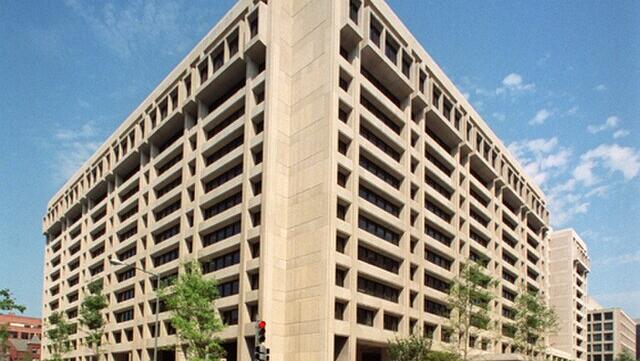The International Monetary Fund (IMF) has warned the Australian Government to reign in expenditure to prevent the fall in inflation from stalling and interest rates from increasing.
The Washington-based arm of the United Nations said inflation had dropped from post-COVID 19 pandemic highs to 2.8% in the third quarter of 2024, although underlying pressures persisted, especially in non-tradable sectors.
The IMF said inflation was expected to sustainably return to the Reserve Bank of Australia’s (RBA) 2-3% target range only by the end of 2025 but a “potential stall in disinflation poses a significant risk”.
The RBA has increased its official cash interest rate from 0.1% to 4.35% since May 2022 to curb inflation, which has since fallen from 6.6% to 2.8% in the September quarter.
Financial markets are pricing in a reduction in the official cash rate in 2025 with the date varying from as early as February to as late as May.
“In this context, the current restrictive monetary stance is appropriate, and needs to be supported by fiscal policy that avoids an expansionary stance and complements monetary policy’s disinflation objective,” the IMF said in its health check of the Australian economy.
The organisation, which promotes international monetary cooperation, financial stability and economic growth, said labor market tightness, stronger than expected “fiscal impulses” and lower spare capacity could stall the disinflation process.
This would potentially lead to “higher-for-even-longer” interest rates that damage consumption and investment but conversely weaker-than-expected growth or a faster-than-projected unemployment growth may prompt the RBA to lower rates sooner.
“If disinflation stalls, tighter monetary and fiscal policies may be necessary,” the IMF said.
“Monetary policy should be prepared to tighten further if upside inflation risks materialize, and expenditure rationalization at all levels of government could help reduce aggregate demand and support a quicker return of inflation to its target.”
